NORTH AMERICA TOO, YEG IS AN EXAMPLE
Why are German chemical plants located near big cities?
A fatal explosion at a chemical complex near Cologne has raised concerns about the park's proximity to one of Germany's biggest cities. Chemical plants located near major cities are a common sight in the country.
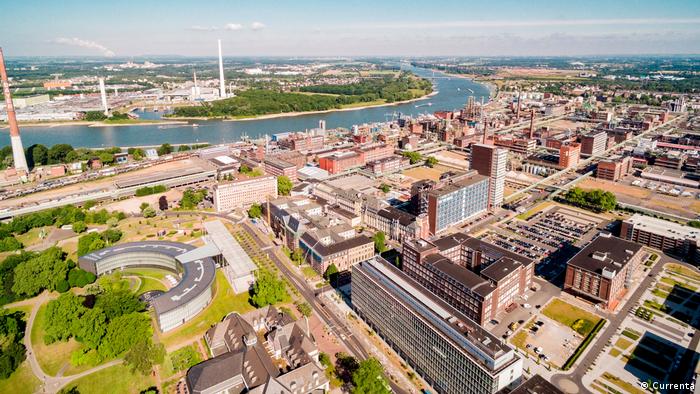
The Chempark in Leverkusen is one of the largest chemical hubs in Europe
An explosion at a chemical plant in Leverkusen, about a 30-minute drive from the western German city of Cologne, has killed at least two people and left many more injured. Experts say the blast probably released toxic compounds into the surrounding area.
The tragedy has left many wondering what a massive chemical complex is doing so close to one of Germany's biggest cities, in the first place. In fact, other major German cities such as Mannheim and Leipzig also have large chemical complexes in their vicinity.
The chemical industry in the Rhineland — a region of the German state of North Rhine-Westphalia — which includes the chemical park in Leverkusen, is one of the largest hubs for the industry in Europe. The region has over 260 chemical companies employing more than 70,000 people. The firms are often clustered together in so-called chemical parks.
From Wesseling in the south to Dormagen in the north: Global companies such as Bayer, ExxonMobil Chemical, Ineos, Covestro, Lyondellbasell, and Lanxess are located within a few kilometers of Cologne, a city with a population of over 1 million people.
To understand how a major city and a chemical park can exist in such close proximity, one has to look back at the long history of the Rhineland as an industrial powerhouse.
Carl Leverkus and the paint factory
The Rhine river played a decisive role. The river's usefulness as a commercial transport route ensured that many chemical companies set up their bases in the region at the end of the 19th century.
The city of Leverkusen even owes its name to the industry: In 1860, chemist Carl Leverkus moved his factory from Wermelskirchen to the nearby small town of Wiesdorf, on the Rhine. Less than 20 years later, the predecessor to the international chemical group Bayer, Farbenfabriken vorm. Friedr. Bayer, also moved to Wiesdorf from Elberfeld, which had become too small for the company's needs. Thanks to Leverkus' factory, all the important facilities needed for production were already available on the banks of the Rhine.
The beginnings: Production of chemicals in Elberfeld in 1888
In order to ensure that workers had a short commute to work, housing estates were built in the immediate vicinity of the factory. Soon the surrounding villages grew into towns, which eventually became today's Leverkusen. This is why the city's residential areas are still located in the immediate proximity of the factories today. At the same time, the growth of the industry led to the creation of more jobs, which led to an influx of people into cities like Cologne.
During the economic miracle of the post-war years, the corporations located in the Rhineland grew considerably. Around the turn of the century, several chemical parks emerged from the restructuring of what had previously been individual chemical plants and operations. The idea was to combine the production activities of different companies at a single site, promote collaboration and create the necessary infrastructure — with success.
Chemical parks an 'export hit'
"The German chemical park model is an export hit," says Ernst Grigat, who headed the Chempark with its plants in Leverkusen, Dormagen and Krefeld-Uerdingen for more than 10 years. In China, more than a thousand chemical parks have been built on the German model, says Grigat, who holds a doctorate in Chemistry. This is because the concentration of expertise and resources enables better safety and environmental management.
Location of Chemical Park sites along the Rhine
The Rhineland also offers the chemical companies based there a competitive advantage. The density of the chemical parks allows the firms to cooperate with each other, Grigat says.
"There is a very strong relationship between the Rhineland plants, between Dormagen, Leverkusen and Wesseling," he told DW.
To that end, the site has access to seaports, is located at a main European transport intersection, and is connected to a unique pipeline system through which 50% of all materials can be transported.
"The people of Cologne may not know this," Grigat said. "But Cologne is the chemical capital of Germany, perhaps even of Europe."
A fire burns at the Chemical Park in Leverkusen in 2016
Risky prospect?
But isn't it dangerous to have chemicals being produced so close to cities? Not necessarily, says Grigat.
Of course, products created in the chemical industry could be dangerous. But a major advantage of the chemical parks is that they have the necessary safety infrastructure in place, such as fire departments that are specially trained in handling hazardous substances, he said.
As a result, new companies are preferring to set up bases in chemical parks to ensure they are legally protected. Factories that were once located in an industrial area, but are now suddenly in the middle of the city due to urban growth, also prefer to move to a chemical park.
These parks are often planned at such a large scale that safety standards can be maintained despite the proximity to residential areas, Grigat said.
The article has been translated from German.CHEMICAL INDUSTRY GIANT BASF TURNS 150A global corporate playerThere's no corporation in the chemical industry that has bigger revenues or a larger market cap than BASF. Sales in 2014 amounted to a hefty 74.3 billion euros ($79.9 billion). The company has 113,000 employees in more than 80 countries. The corporate HQ is in western Germany at Ludwigshafen am Rhein (pictured). BASF has more than 390 production sites around the world.
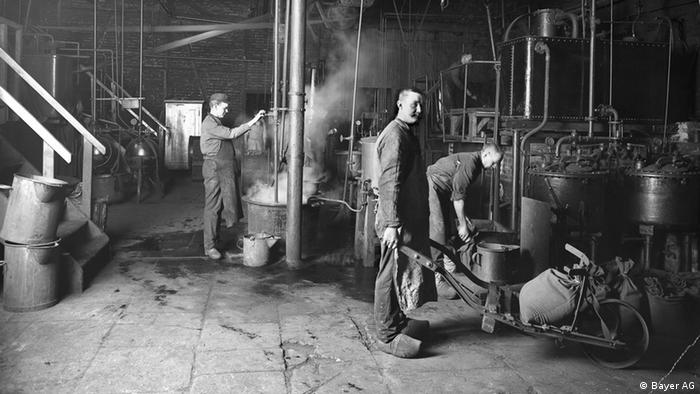
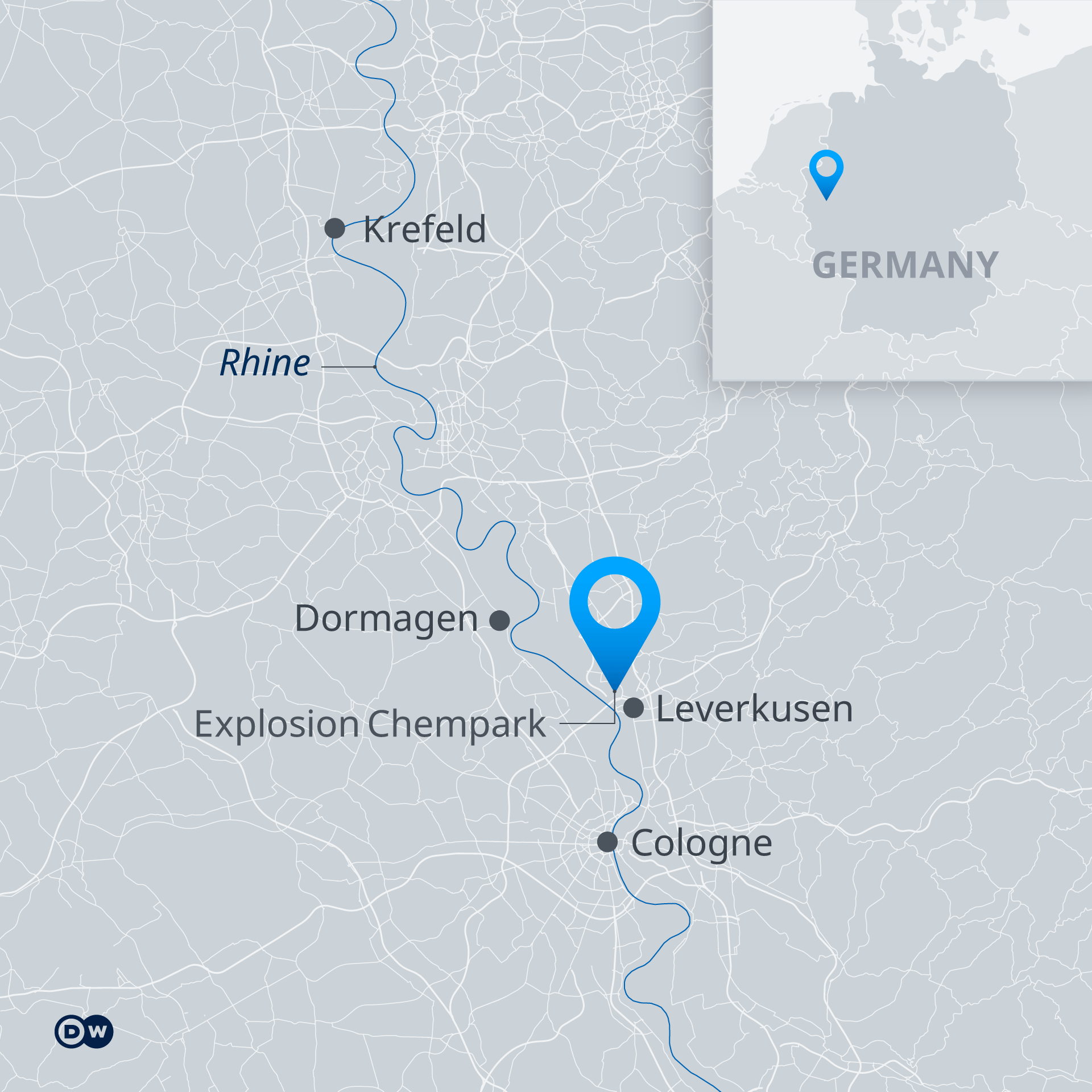
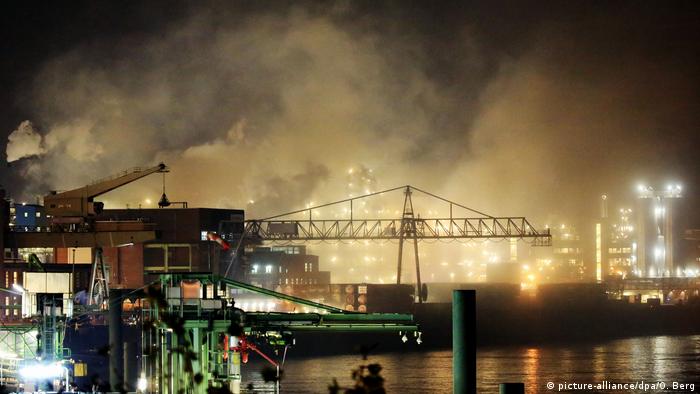
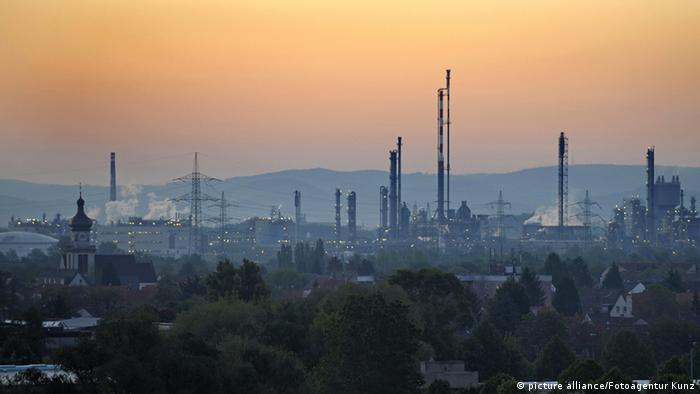
No comments:
Post a Comment